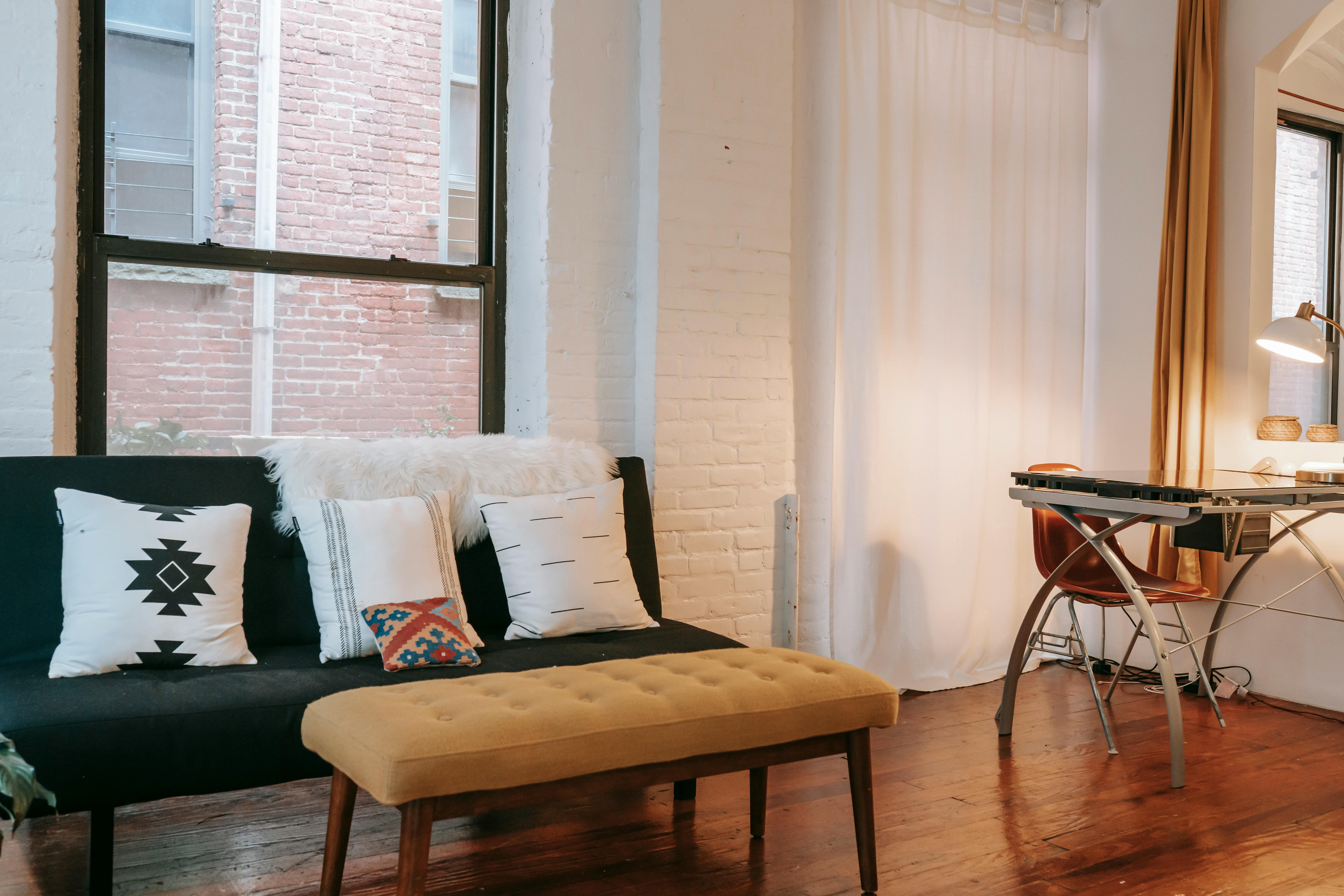Living Room Refresh: The New Furniture Trends Beyond Sofas in 2025
Sofas may be losing their dominance in modern living room design. Explore the exciting new furniture trends and seating arrangements that are redefining the look and feel of contemporary spaces in 2025. Get inspired to create a fresh, stylish, and functional living area.

The living room has long been defined by the presence of a sofa as its centerpiece. However, as we look toward 2025, interior designers and furniture manufacturers are reimagining this essential space with fresh perspectives and innovative alternatives. The pandemic-driven shift in how we use our homes has accelerated the evolution of living room design, creating demand for more adaptable, multifunctional furniture pieces that serve our changing lifestyles while maintaining comfort and style.
Emerging New Living Room Trends for 2025
The living room of 2025 is evolving into a multifunctional hub that accommodates various activities beyond simple relaxation. Modular furniture systems are gaining significant traction, allowing homeowners to reconfigure their spaces based on changing needs. These adaptable pieces can transform from a conversation pit to a work area or entertainment zone with minimal effort.
Biophilic design elements are also becoming increasingly prominent, with furniture that incorporates natural materials and organic shapes. Living room pieces crafted from sustainable bamboo, reclaimed wood, and recycled materials not only make environmental statements but also bring warmth and texture to contemporary spaces. Additionally, furniture with built-in technology—charging stations, smart lighting, and integrated speakers—is becoming standard rather than novelty, reflecting our increasingly connected lifestyles.
Alternatives to Traditional Sofas Gaining Popularity
The conventional three-seater sofa is facing competition from more versatile seating options. Oversized floor cushions and poufs are creating casual, adaptable seating arrangements that appeal particularly to younger homeowners seeking flexibility. These pieces can be easily rearranged for different social settings or stored away when more floor space is needed.
Conversation pits—sunken seating areas that encourage face-to-face interaction—are making a surprising comeback with modern updates. Unlike their 1970s predecessors, today’s versions feature removable components and cleaner lines. Daybed-style seating is another alternative gaining momentum, offering the comfort of a sofa with the versatility to serve as occasional guest sleeping accommodations, perfect for smaller living spaces where multifunctionality is essential.
Modern Seating Arrangements for Contemporary Spaces
The rigid living room layout centered around a television is giving way to more dynamic seating arrangements. Furniture designers are creating “conversation zones” with seating that faces inward rather than toward a screen, encouraging more meaningful interactions. This approach often features a mix of seating heights and types—perhaps combining a loveseat with accent chairs, ottomans, and floor cushions—to create visual interest and accommodate different posture preferences.
Swivel chairs and movable seating options are becoming increasingly popular, allowing users to easily transition between conversation groups or redirect attention to different areas of the room. This mobility reflects the modern living room’s role as a space that must adapt throughout the day for various activities, from remote work to family gatherings to entertainment.
Functional Living Space Design Solutions
As urban living spaces continue to shrink and remote work remains prevalent, furniture that serves multiple purposes has become essential. Wall systems that combine storage, display space, and fold-down work surfaces are replacing traditional entertainment centers. These systems often feature modular components that can be reconfigured as needs change.
Nesting furniture—pieces that can be tucked away when not in use—is experiencing a renaissance with contemporary designs that don’t sacrifice style for function. Coffee tables with adjustable heights can transition from casual dining surfaces to workstations, while ottomans with hidden storage provide seating and organization in one compact footprint. The emphasis is on maximizing functionality without cluttering the visual space.
Furniture Trends 2025: Materials and Sustainability Focus
The furniture industry is responding to increased environmental awareness with innovative materials and manufacturing processes. Recycled plastics, agricultural waste products, and rapidly renewable resources are being transformed into durable, attractive furniture pieces. Many manufacturers are embracing circular design principles, creating pieces that can be easily disassembled for repair or recycling at the end of their lifecycle.
Textiles are also evolving, with performance fabrics that resist stains and wear now available in sophisticated designs and textures. These materials make living room furniture more family-friendly without sacrificing aesthetic appeal. Natural fibers treated with non-toxic finishes provide eco-conscious alternatives to synthetic upholstery, aligning with consumers’ increasing preference for healthier home environments.
Market Availability and Price Considerations
The new wave of living room furniture spans various price points, making innovative designs accessible across market segments. Mainstream retailers are increasingly offering modular and multifunctional pieces at competitive prices, while luxury brands focus on bespoke solutions and artisanal craftsmanship.
| Furniture Category | Average Price Range | Notable Features |
|---|---|---|
| Modular Seating Systems | $1,200 - $5,000+ | Reconfigurable components, various fabric options |
| Conversation Pits | $3,500 - $10,000+ | Built-in or modular designs, customizable sizes |
| Smart Furniture | $800 - $4,000 | Integrated technology, charging capabilities |
| Multifunctional Storage | $600 - $2,500 | Hidden compartments, transformable features |
| Sustainable Designer Pieces | $1,500 - $7,000+ | Eco-friendly materials, artisanal craftsmanship |
Prices, rates, or cost estimates mentioned in this article are based on the latest available information but may change over time. Independent research is advised before making financial decisions.
The wide range of options means consumers can often find budget-friendly alternatives to high-end designs, particularly as manufacturing techniques improve and materials become more widely available. Many direct-to-consumer brands are also disrupting traditional furniture retail by offering innovative designs at lower price points by eliminating middlemen.
As we move toward 2025, the living room continues to evolve beyond its traditional definition. The shift away from sofa-centric designs reflects broader changes in how we live, work, and interact in our homes. By embracing flexible, multifunctional furniture pieces, homeowners can create spaces that adapt to their changing needs while expressing personal style. Whether through modular systems, alternative seating options, or smart furniture integration, the living room of tomorrow promises to be more versatile, sustainable, and responsive to the rhythms of contemporary life.




